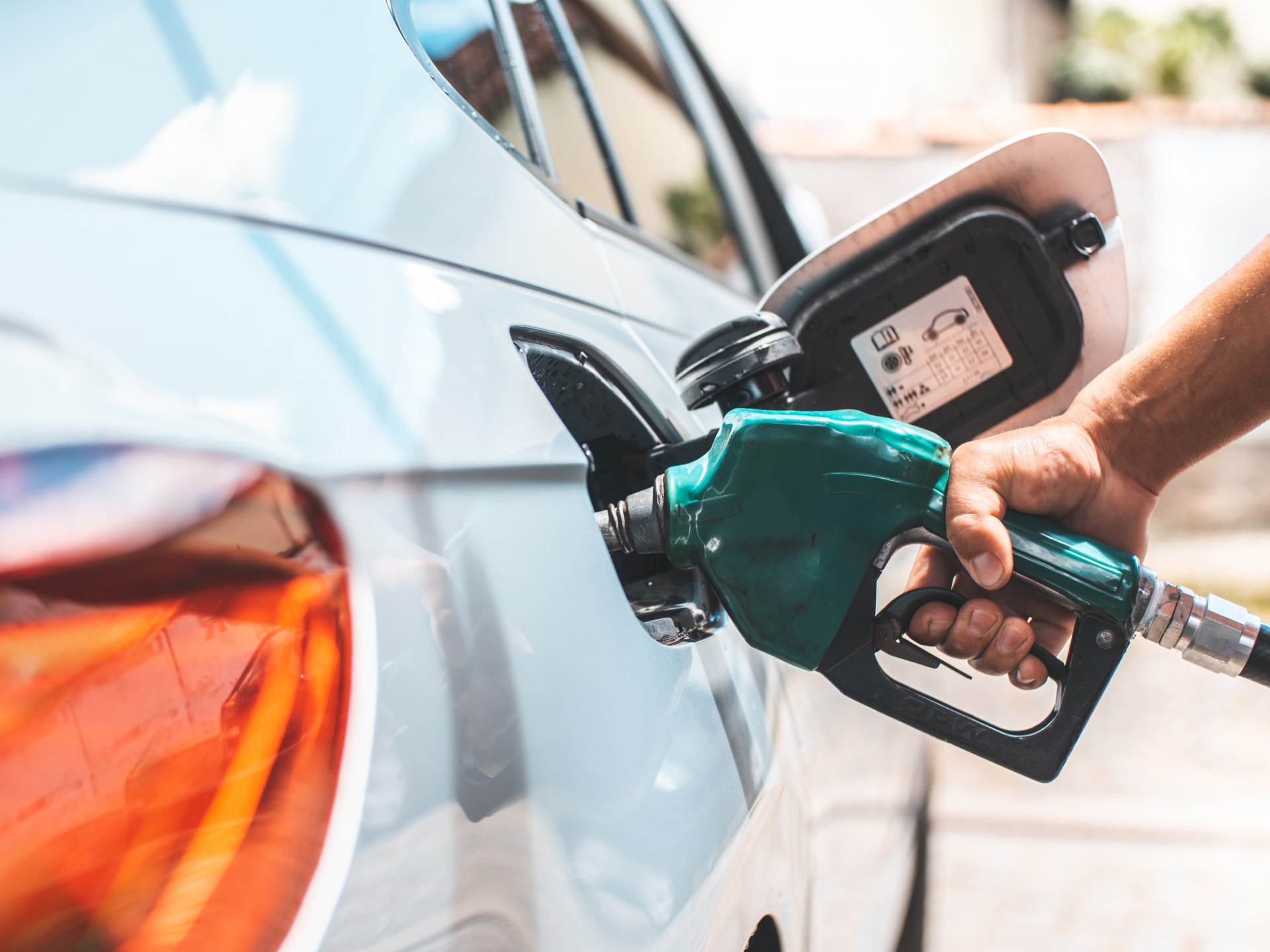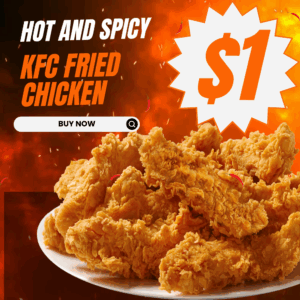Gas prices are a constant concern for drivers everywhere. Whether you commute daily, enjoy road trips, or simply want to make your budget stretch further, saving money at the pump is always a welcome relief. But what if there was a simple trick that could help you save a ton on gas—without sacrificing convenience or comfort?
In this comprehensive guide, we’ll reveal the most effective methods to cut your fuel costs, including the one trick that stands out above the rest. We’ll break down the science behind fuel efficiency, share actionable tips, and answer your most pressing questions about saving on gas. By the end of this article, you’ll be equipped with the knowledge and strategies to make every gallon go further—putting more money back in your pocket.
The Main Trick: Mastering Your Driving Habits

When it comes to saving gas, the biggest impact often comes from how you drive—not just what you drive. The “trick” that saves a ton on gas is adopting smarter driving habits. Let’s dive into the details.
Why Driving Habits Matter
Your driving style directly influences your car’s fuel consumption. Aggressive acceleration, speeding, and hard braking can all waste gas. By making a few simple adjustments, you can improve your mileage by up to 30% or more.
Key Driving Habits to Save Gas:
- Accelerate Smoothly: Gradual acceleration uses less fuel than rapid starts.
- Maintain Steady Speeds: Use cruise control on highways to avoid unnecessary speed fluctuations.
- Anticipate Traffic: Look ahead and coast to stops instead of braking hard.
- Obey Speed Limits: Fuel efficiency drops sharply above 50 mph.
- Limit Idling: Turn off your engine if you’ll be stopped for more than a minute.
Real-World Example
A study by the U.S. Department of Energy found that aggressive driving can lower your gas mileage by 15% to 30% at highway speeds and 10% to 40% in stop-and-go traffic. That’s a significant difference—just by changing your habits!
Additional Strategies to Save on Gas
While driving habits are the main trick, combining them with other proven strategies can maximize your savings.
Vehicle Maintenance
Proper maintenance keeps your vehicle running efficiently.
- Keep Tires Properly Inflated: Under-inflated tires increase rolling resistance and reduce gas mileage.
- Change Air Filters: A clean air filter improves engine performance.
- Use the Recommended Motor Oil: The right oil reduces friction and improves efficiency.
- Regular Tune-Ups: Addressing engine issues can boost mileage.
Plan Your Trips
Combine errands and avoid unnecessary trips. A warm engine is more efficient than a cold one, so multiple short trips use more gas than a single longer outing.
Lighten Your Load
Remove unnecessary items from your car. Extra weight, especially on smaller vehicles, reduces fuel economy.
Reduce Drag
Roof racks, cargo boxes, and open windows at high speeds create drag and decrease efficiency. Remove them when not in use.
Use Technology
- Gas Price Apps: Find the cheapest gas stations nearby.
- Navigation Apps: Avoid traffic jams and find the fastest routes.
Comparison Table: Gas-Saving Strategies
| Strategy | Potential Savings | Difficulty | Best For |
|---|---|---|---|
| Smarter Driving Habits | 10–30% | Easy | All drivers |
| Tire Maintenance | 2–3% | Easy | Regular commuters |
| Trip Planning | 5–10% | Moderate | Errand runners |
| Reducing Vehicle Load | 1–2% | Easy | Families, travelers |
| Removing Roof Racks/Cargo Boxes | 2–8% | Easy | Road trippers |
Advanced Tips for Maximum Gas Savings
Consider Carpooling or Ridesharing
Sharing rides reduces the number of vehicles on the road and splits fuel costs.
Use Public Transportation When Possible
For urban commuters, buses, trains, or subways can be more cost-effective than driving.
Choose the Right Fuel
Use the octane level recommended by your vehicle’s manufacturer. Higher octane doesn’t improve performance or mileage unless required.
Invest in a Fuel-Efficient Vehicle
If you’re in the market for a new car, consider hybrids, plug-in hybrids, or fuel-efficient gasoline models.
FAQ
How much can I really save by changing my driving habits?
You can save anywhere from 10% to 30% on your fuel costs just by adopting smoother driving habits, according to the U.S. Department of Energy.
Does using cruise control help save gas?
Yes! Cruise control helps maintain a steady speed, which is more efficient than constant acceleration and braking, especially on highways.
Is it better to fill up in the morning or evening?
Temperature has a minimal effect on gas volume at the pump, so the savings are negligible. Focus on finding the best price instead.
Do premium fuels improve gas mileage?
Unless your vehicle requires premium fuel, using it won’t improve mileage or performance. Stick to the recommended octane level.
How often should I check my tire pressure?
Check your tire pressure at least once a month and before long trips. Properly inflated tires are crucial for optimal fuel efficiency.
Does air conditioning use more gas?
Yes, running the AC can reduce fuel efficiency, especially at low speeds. At highway speeds, open windows create more drag than using AC.
Conclusion
Saving money on gas doesn’t require drastic measures or expensive gadgets. The most effective trick is simple: drive smarter. By adopting smoother driving habits, maintaining your vehicle, and making small changes to your routine, you can save a significant amount on fuel costs every year.
Remember, every little bit counts. Combine these strategies, stay consistent, and watch your savings add up at the pump. Whether you’re a daily commuter or an occasional driver, these tips will help you stretch every gallon further and keep more money in your wallet.





